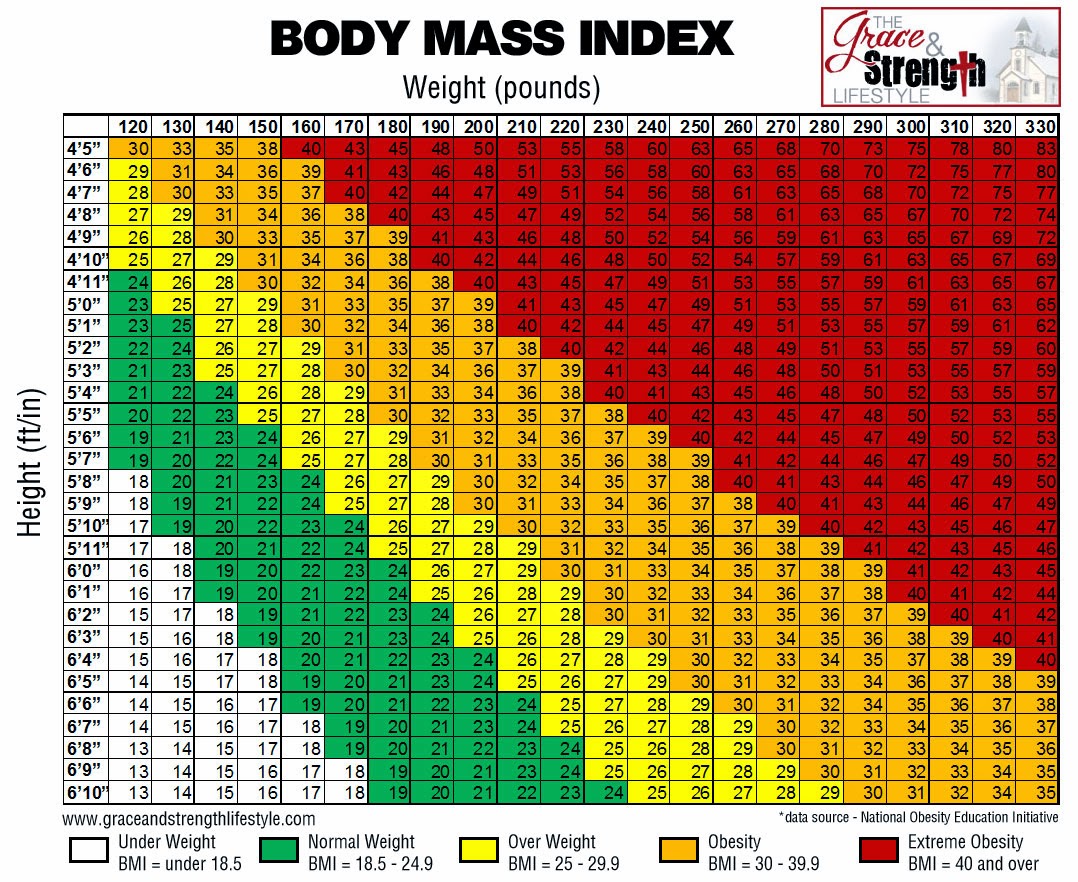

In the following BMI charts comparing measured BMI with Body Fat Percentage results for males and females, each dot represents a single individual.

The BMI for men is the same as the BMI for women with both being represented on a single BMI chart despite obvious physical differences. Body fat stored Viscerally (around the organs) is the most dangerous of all types of fat.Īnother problem with BMI is the lack of differentiation between male and female results. Some individuals have skinny legs and carry most of their fat around their waist, while others may have the same amount of fat, but spread more evenly around the body. One of these males is very healthy, while the other is not, despite having the same BMI.īMI also fall short as it doesn’t measure or take into account the location on the body where fat is stored. Take for example two males with the same height and weight and thus same BMI, one who works out regularly and has high level of muscle and very low body fat, the other leads a sedentary lifestyle and has a high level of body fat and low level of muscle. With no distinction between fat or muscle, levels of each can fluctuate wildly and have no overall effect on BMI. This means that many fit, athletic, muscular people are incorrectly labeled as “overweight” by their BMI. There are many reasons why BMI is a poor measure of health, but one of the main ones is that BMI can’t distinguish between body fat and muscle. That's about 15 percent of Americans who are classified as very obese." More than 2 million people who are considered "very obese" by virtue of having a BMI of 35 or higher are actually healthy. In 2016 a study by UCLA concluded that "close to half of Americans who are considered "overweight" by virtue of their BMIs (47.4 percent, or 34.4 million people) are healthy, as are 19.8 million who are considered "obese."" The study also found that "More than 30 percent of those with BMI's in the "normal" range - about 20.7 million people - are actually unhealthy based on their other health data. Should we be using the BMI calculator today as a measure of health and obesity levels? The simple answer is a resounding NO.


 0 kommentar(er)
0 kommentar(er)
